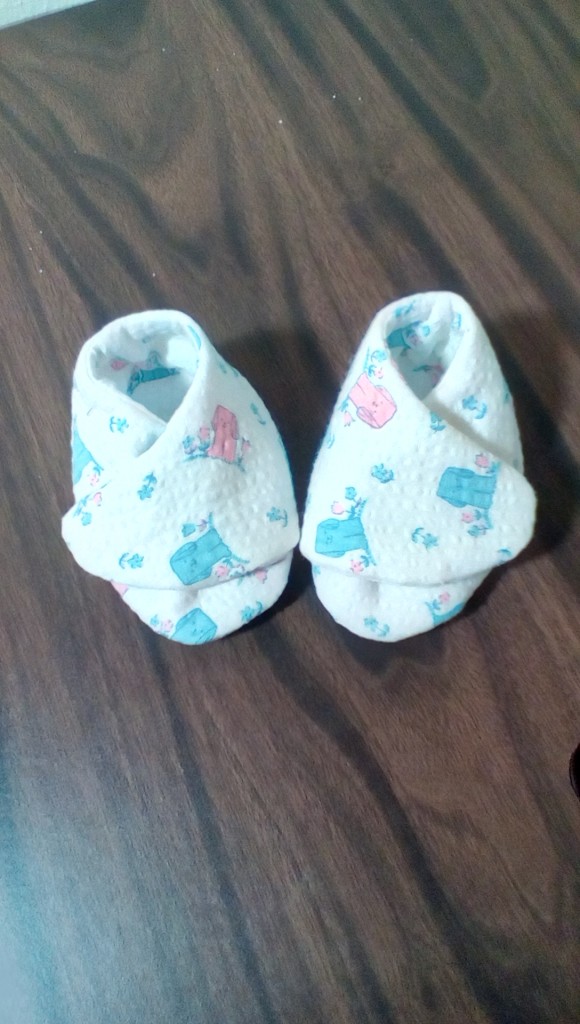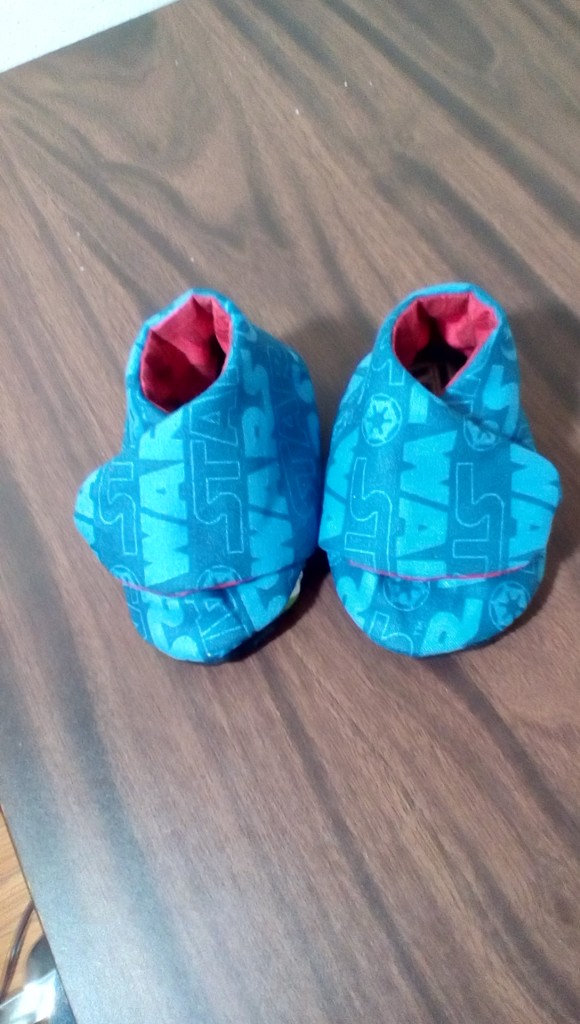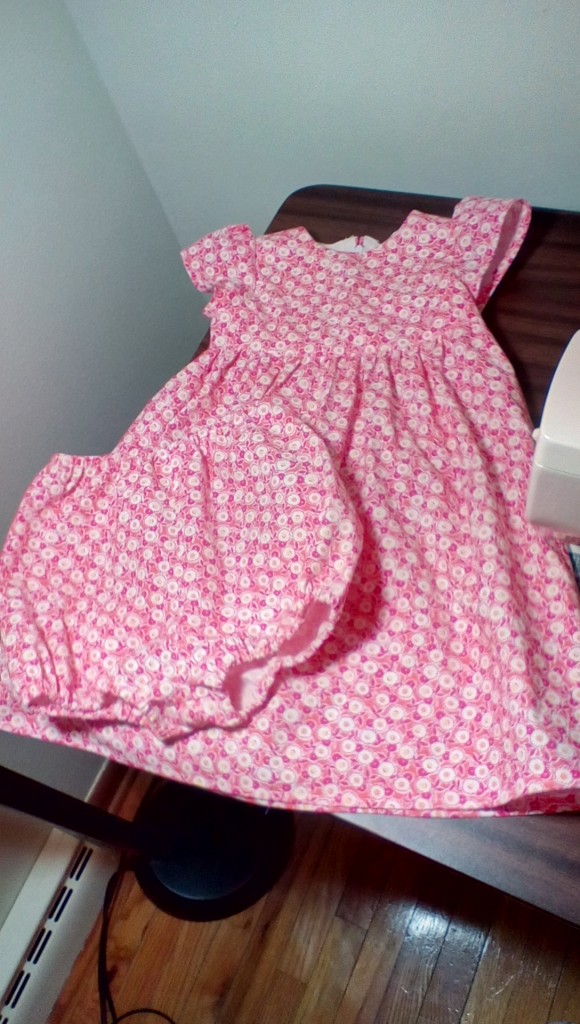
In Stitches
Being able to use a sewing machine is such a gift. I learned to sew at the age of 12, and I can’t even imagine how much money it has saved me over my lifetime. I’ve made my own clothes as well as clothes for others. I have no idea how many window treatments I’ve made over the years.
Being a quilter, I’ve made dozens of quilt tops, including many that went to poor families in other countries after the ladies at my church and I added batting and backing to them, so I don’t even know where they are now.
It frustrates me when someone says, “I wish I could sew, but I can’t.” That’s just an excuse. Sewing is as easy as driving, and a lot safer.
Once you know how to use a sewing machine, you can save all sorts of money. We live in a society where most people pitch things and buy new instead of fixing what they have, but I think taking care of what you have is going to come back into style by necessity before much longer.
Think about your bath towels. You know how one side will come loose and get stringy? And then the strings get caught in the washer, which makes the situation worse? If you have a sewing machine, you can hem that side as soon as it starts to come apart so that your towels stay nice and you don’t have to replace them. All that takes is a straight seam…no big deal. But it saves money, because new towels aren’t cheap (at least they aren’t if you like them nice and thick like we do!)
What about hems that come apart on shirts or dresses? It’ll take longer to set up your machine than to sew a hem back up. My son is short, and even the shortest men’s jeans are long on him, so eventually the hems become frayed. My daughter can trim them and sew them pretty quickly on her sewing machine (a job that would take too long by hand and wouldn’t hold up nearly as well either).
Sometimes I use my sewing machine to make one thing into another. A while back I was out shopping and saw a set of three linen dishtowels on clearance for $4. One of the towels was striped, and the other two were in a coordinating print that really caught my eye. I have a pillow at home that had faded quite a bit, and I decided I’d like a new pillow out of those dishtowels, which I bought. I made a nice pillow cover out of the two matching ones, and use the striped one in my kitchen. My newly recovered pillow looks so pretty! Not bad for approximately $2.66 plus tax, and it’s very sturdy because dishtowels are made to get a lot of use.
I’m carrying on the “remaking” tradition from my grandmother, who was a single mom of four small children during the Great Depression. People sometimes gave her hand-me-downs, and she found that when she was given coats, they were women’s coats, not children’s coats, perhaps because the children had worn out their coats while the women took care of theirs.
In any case, she needed coats for her growing children much more than she needed coats for herself, so she accepted every woman’s coat she was offered, cut apart the pieces, and then laid out pattern pieces for kids’ coats on the cut-up coat pieces. She cut them out and sewed them together. In this way, her kids were always kept warm in nice, “new” coats and the only cost to her was her time.
(Once you’ve remade things a few times, it’s funny how you look at everything with an eye to how you could use it to make something. My grandma never did shake the remaking habit. By the time she was a great-grandma, she had begun buying up all the 1970s polyester pants she could find at garage sales and thrift stores. She cut them into strips and wove them into braided rugs. Let me tell you, they are indestructible. We have two that she made for us in the 1980s and they’re still holding up well.)
(Originally posted 1/28/09.)
 We have another grandchild on the way, I’m tickled to report. In fact, Grandchild #3 is due to arrive within a month or less.
We have another grandchild on the way, I’m tickled to report. In fact, Grandchild #3 is due to arrive within a month or less.. I had no idea how long it would take to make a cute pair of booties (much less two pairs!), but as it turned out, bootie-making is the perfect occupation for someone recovering from an illness as I was this past spring. The bootie-making process was slow-going, with a fair amount of hand-stitching at the end, but it was worth the time it took.






